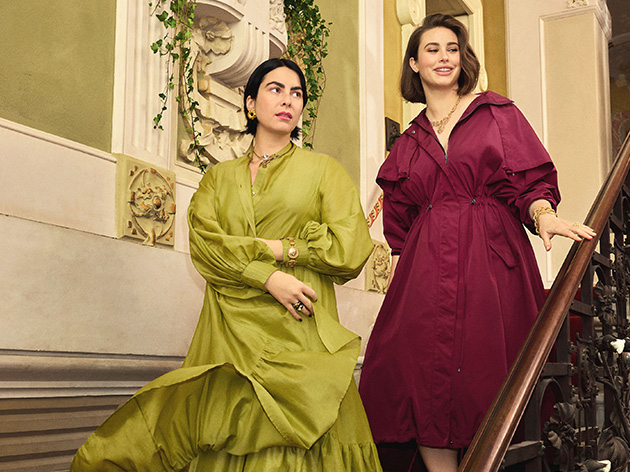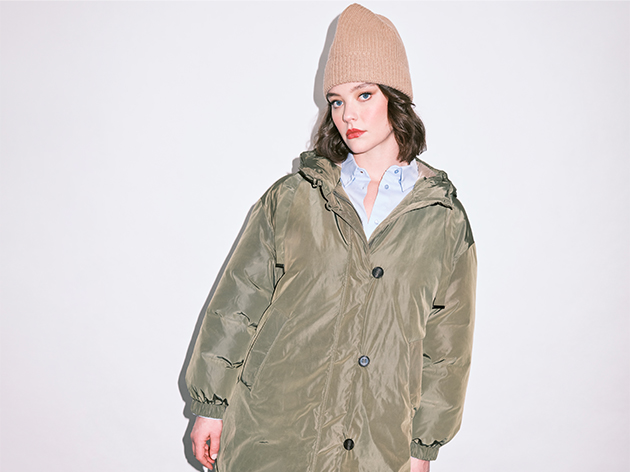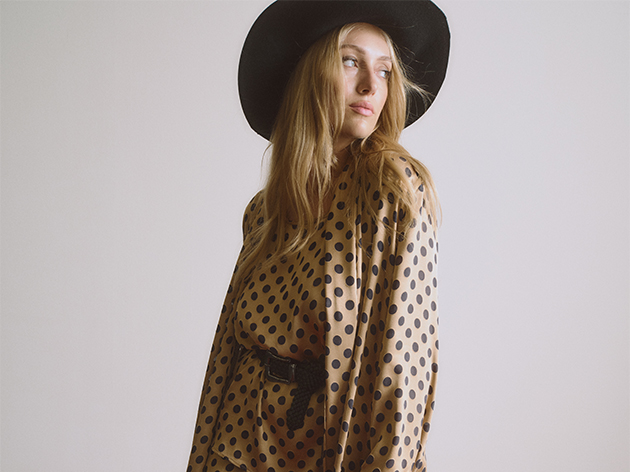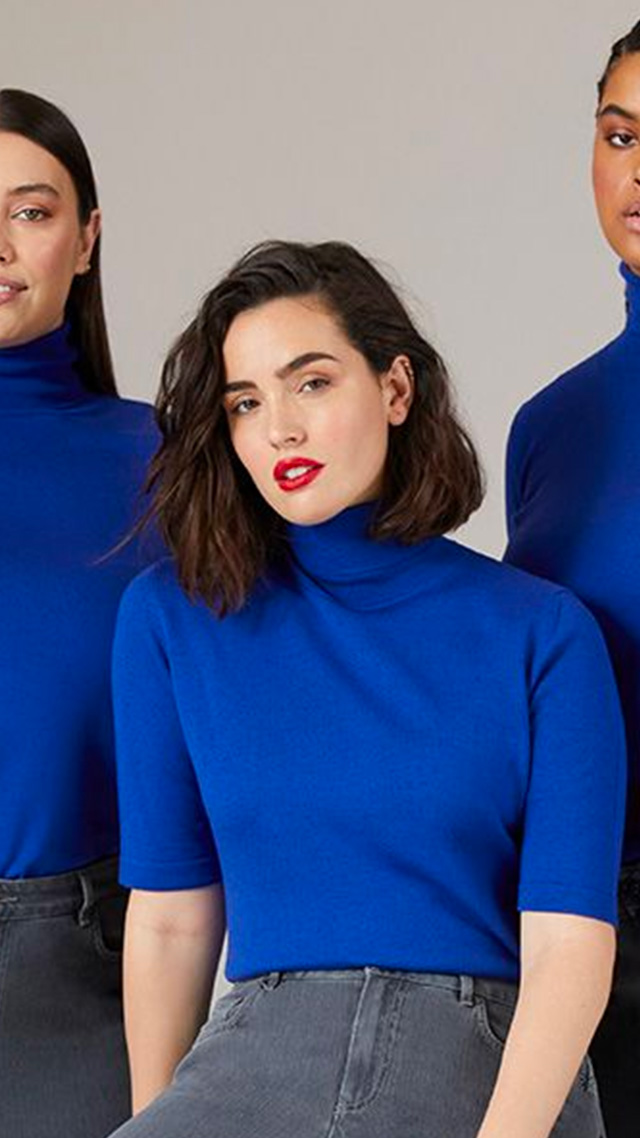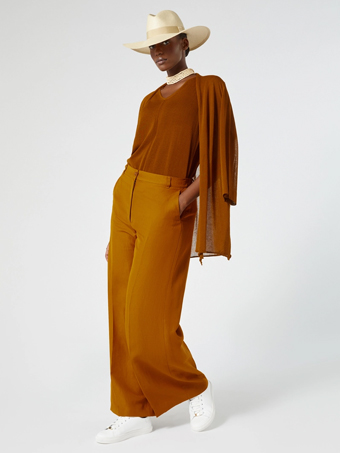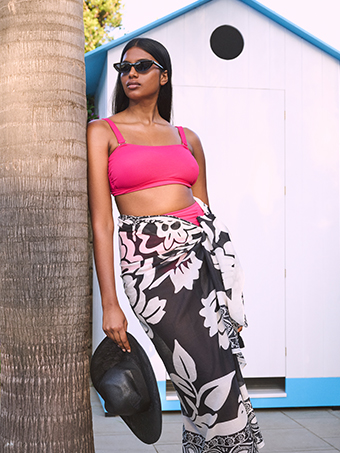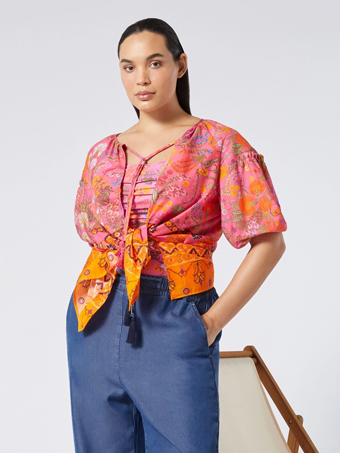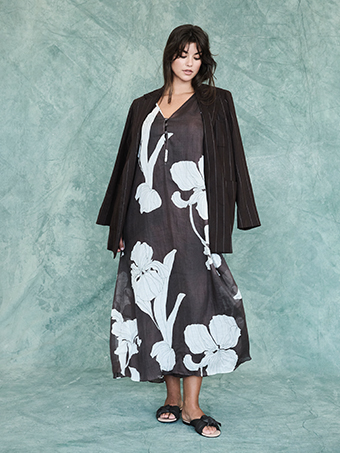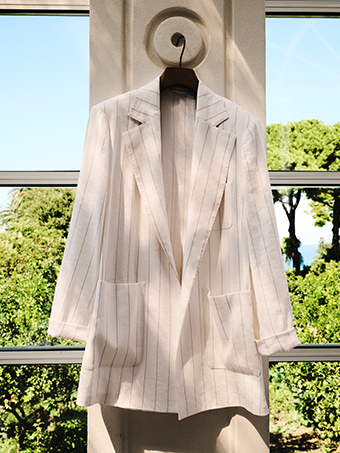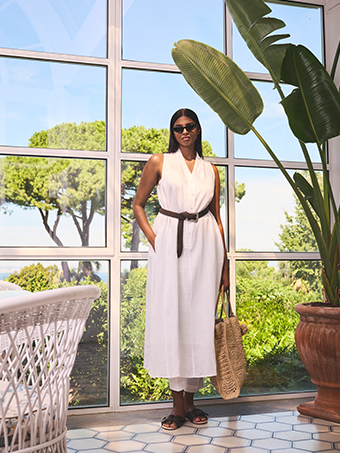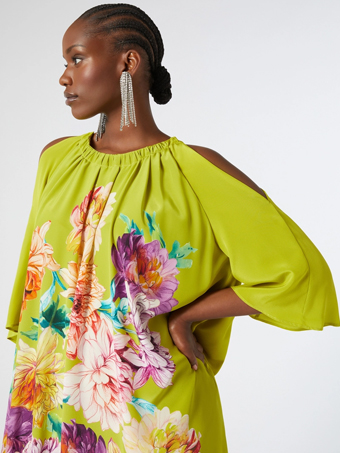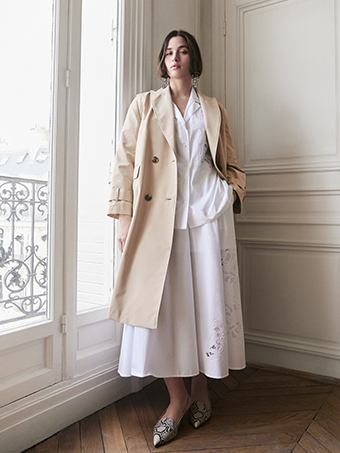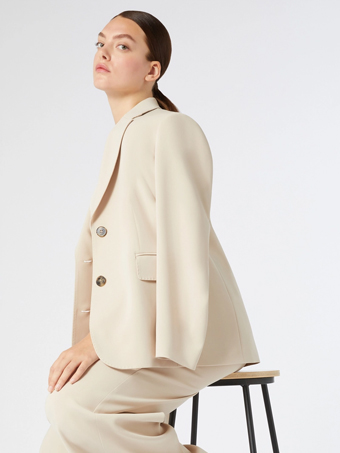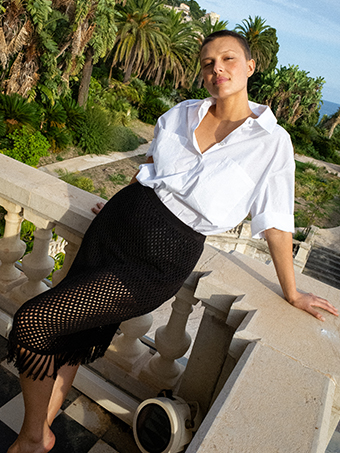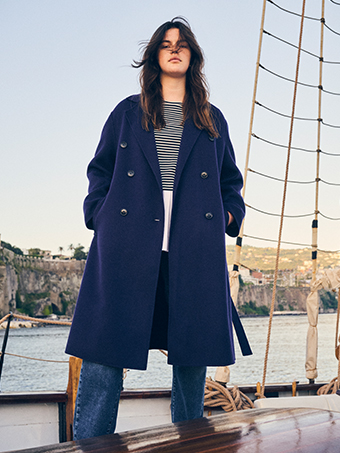The story of jeans reaches far and wide: from Genoa to Nîmes, from Californian mines to film sets, from workers' uniform to a global symbol of style, they’ve spanned centuries without ever losing touch with reality.
Today, they continue to be chosen daily by millions of people around the world: worn in crowded subways as well as backstage at fashion shows, on afternoons in the park as well as evenings in front of a film.
No other garment can interpret the complexity of everyday life with such ease.
The fabric that has accompanied entire generations, from the miners of the Far West to the rebellious students of the Sixties and today’s catwalks.
Above all, it is a fabric that evolves with the wearer: it adapts, fades and softens, becoming increasingly individual.
What makes a pair of jeans so unique is the particular diagonal texture of the denim (known as a “twill” or “serge” weave), which, compared to other plain-weave fabrics, gives them greater strength and longevity.
This type of weave intertwines the threads diagonally and gives the denim greater resistance to wear. It’s a flexible but compact structure and features a characteristic diagonally ribbed appearance.


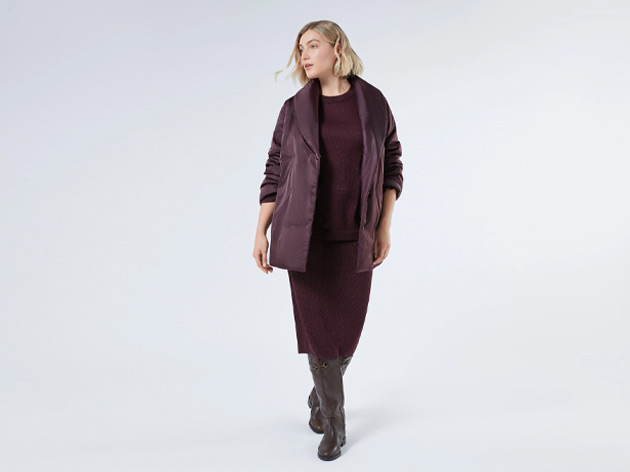
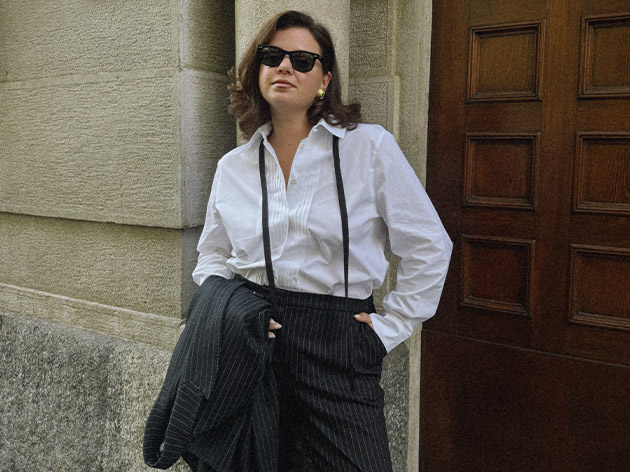
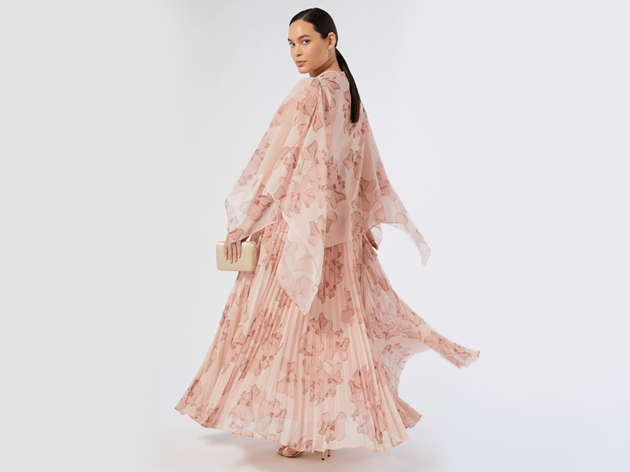
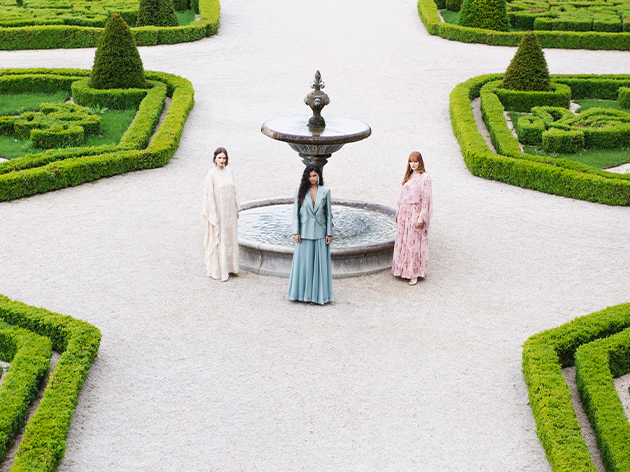

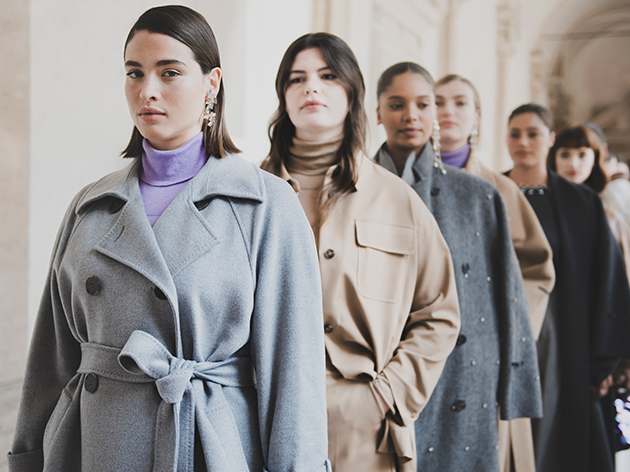


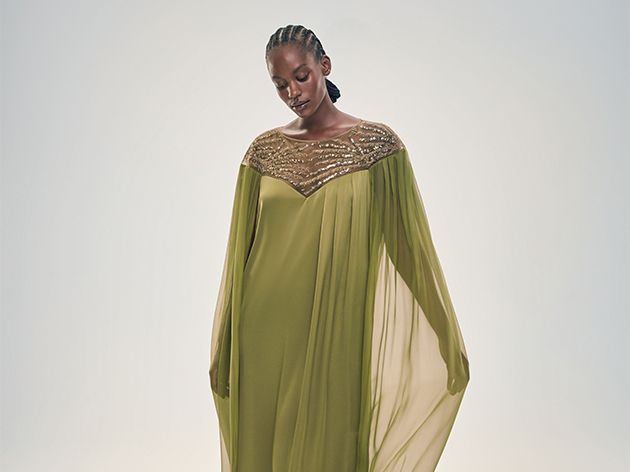.jpg)
